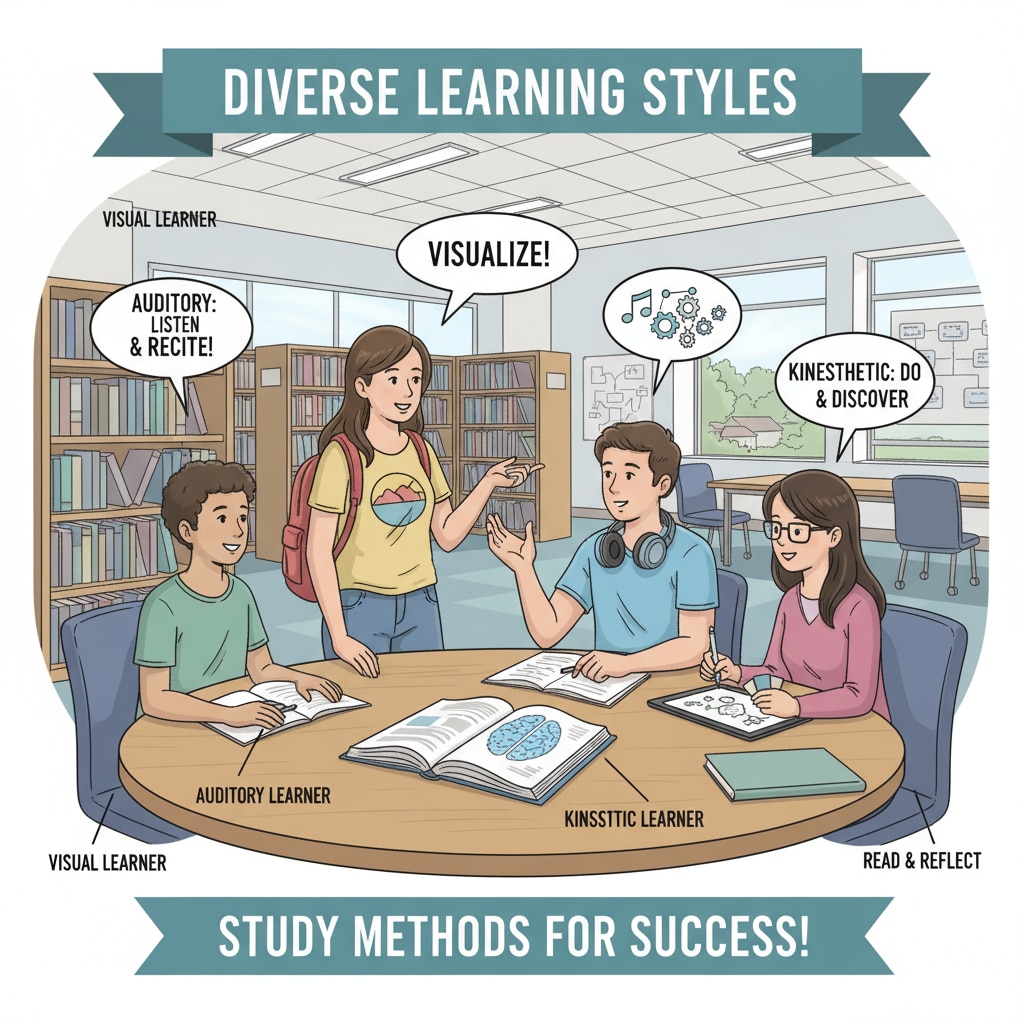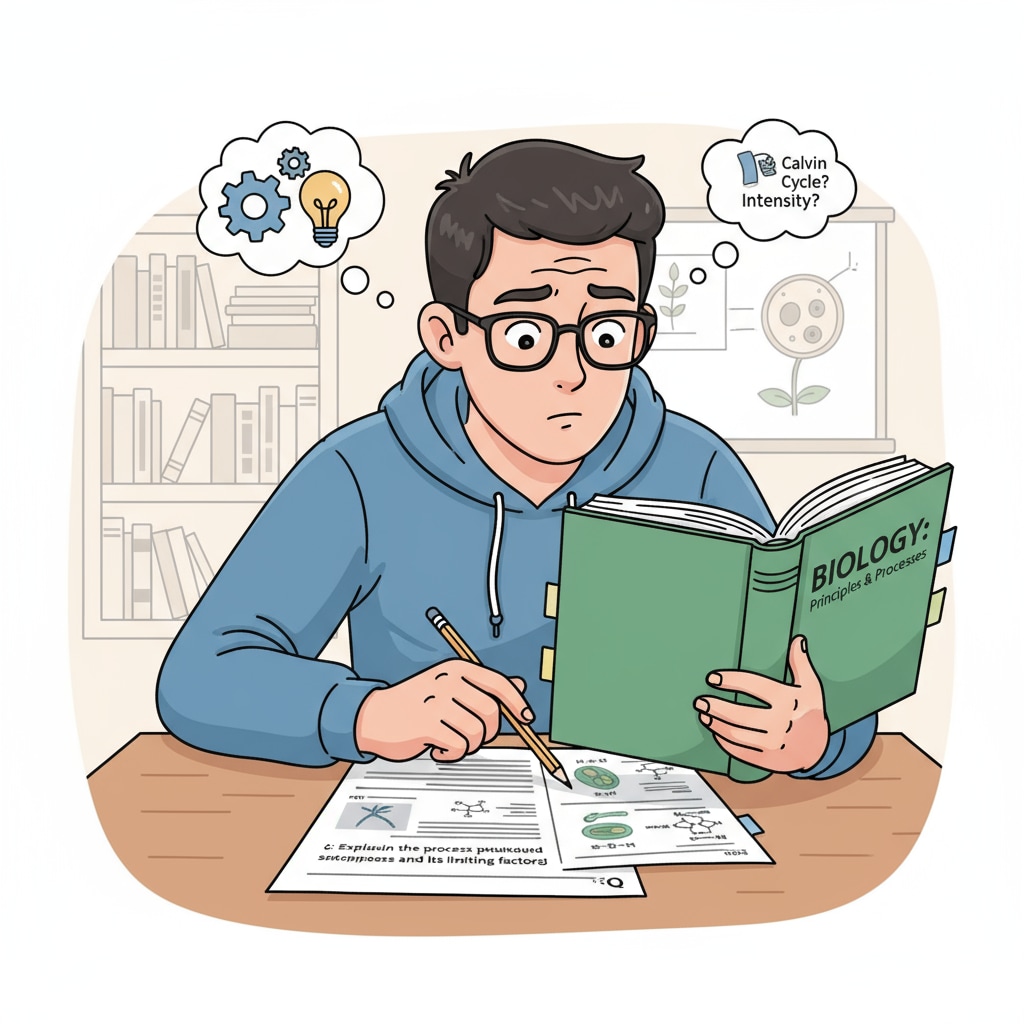Theory learning can be particularly challenging for individuals with attention deficit and those who are hands-on learners. However, there are effective learning methods tailored to their needs. In this article, we will explore a reverse learning strategy that starts from exam questions rather than abstract theories, aiming to help these learners master theoretical knowledge more efficiently.

The Struggles of Attention-Deficit and Hands-On Learners
Attention-deficit learners often find it difficult to focus on abstract theoretical content. Their minds may wander during long lectures or while reading dense textbooks. Hands-on learners, on the other hand, thrive on practical activities and may struggle to connect theoretical concepts to real-world applications. As a result, traditional theory learning methods may not be as effective for them. For example, they might have trouble understanding complex mathematical theories without seeing how they are used in practical scenarios. According to Verywell Mind’s article on attention deficit disorder, individuals with attention issues need alternative approaches to engage in learning.
The Reverse Learning Strategy
The reverse learning strategy begins with exam questions. By starting from these concrete problems, learners can identify the underlying theoretical concepts. This approach helps them establish a connection between the practical problems they encounter in exams and the abstract theories they need to learn. For instance, in a science course, instead of starting with the principles of physics, learners can look at questions about how objects move in real-life situations. This way, they can then explore the relevant physical laws to solve the problems.

This strategy is more engaging for attention-deficit and hands-on learners as it provides a clear goal and a practical context for learning.
Building the Link between Questions and Theories
Once learners have identified the exam questions, the next step is to build a link between these questions and the corresponding theories. They can break down the questions into smaller parts and analyze which theoretical concepts are involved. For example, in a history exam question about a particular event, learners can research the historical context, causes, and consequences, which are all based on different historical theories. By doing this, they can gradually understand how the theories are applied in real historical situations. As stated in HistoryNet’s guide on learning history, connecting historical events to theories can enhance understanding. This process of linking helps transform abstract concepts into more tangible and understandable knowledge.
In conclusion, the reverse learning strategy offers a new path for attention-deficit and hands-on learners in theory learning. By starting from exam questions and building connections to theories, they can improve their learning efficiency and knowledge retention. This approach acknowledges the unique learning styles of these individuals and provides a more practical and engaging way to master theoretical knowledge.
Readability guidance: The content uses short paragraphs and lists to summarize key points. Each H2 section provides relevant details. The passive voice and long sentences are kept to a minimum, and transition words are used throughout to enhance the flow of the article.


